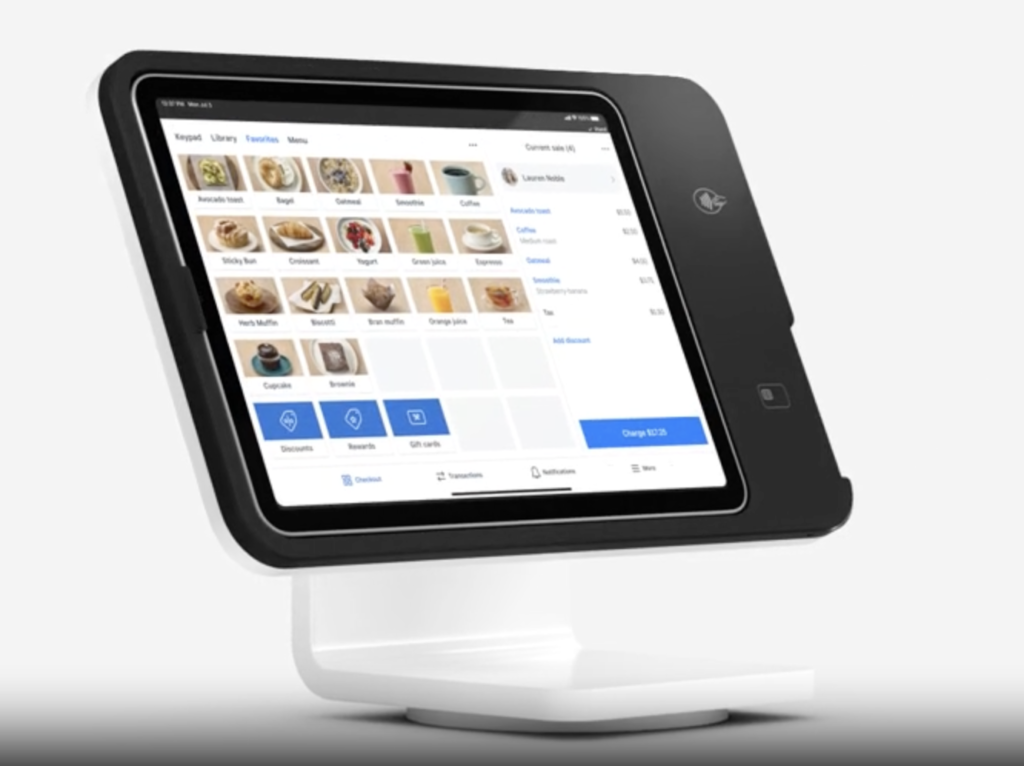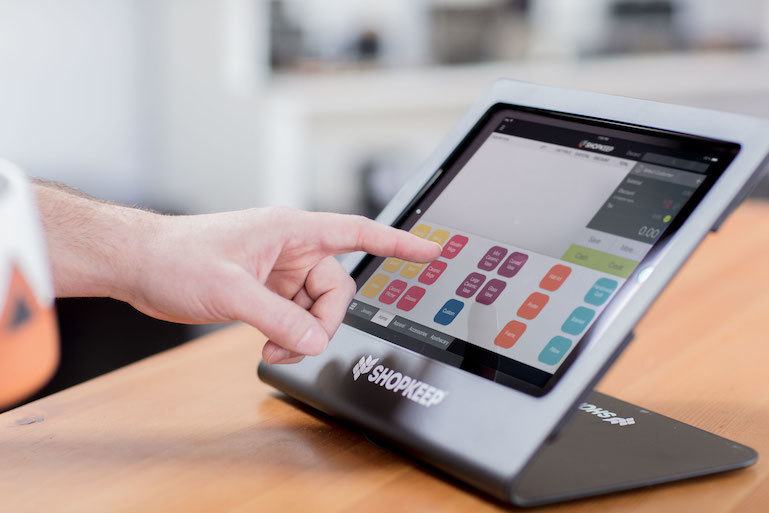Just How POS System Works: A Comprehensive Guide for Entrpreneurs

Recognizing the Parts of a POS System

Exactly How Sales Transactions Are Processed
When a consumer determines to buy, the sales deal initiates a collection of organized steps within the POS system. The cashier inputs the things being bought, which are scanned via a barcode visitor or by hand gone into. This action obtains product information, consisting of prices and applicable tax obligations, from the system's database.Next, the consumer exists with the complete amount due. The POS system after that processes the repayment, whether through money, bank card, or mobile settlement methods (Restaurant POS Software). For digital payments, the POS safely connects with payment cpus to license and confirm the transaction.Once the repayment is confirmed, the system creates a receipt, which can be printed or sent out electronically. This receipt acts as receipt for the client. The transaction information is videotaped in the system, guaranteeing precise sales records and economic monitoring for the business.
Stock Administration and Monitoring

Effective supply monitoring and tracking are important parts of a POS system, as they assure that businesses maintain suitable supply levels and minimize discrepancies. A robust POS system permits real-time inventory updates, showing returns and sales immediately. This makes it possible for local business owner to monitor supply degrees properly, making sure that preferred products are easily available while avoiding overstocking of less preferred products.Additionally, progressed POS systems use functions such as computerized supply informs and reorder suggestions, streamlining the procurement process. Barcoding and RFID modern technology enhance accuracy in tracking inventory motion, minimizing human error. Extensive coverage tools provide understandings into inventory turn over rates, helping organizations make educated decisions about buying and item offerings. Ultimately, effective supply management via a POS system not only boosts operational efficiency but additionally enhances consumer fulfillment by ensuring product schedule.
Assessing Customer Information and Insights
Consumer data analysis offers as a powerful tool for businesses making use of a POS system (Restaurant POS Software). By taking a look at and gathering transaction information, companies can reveal valuable insights regarding consumer actions and preferences. This evaluation allows them to determine buying patterns, peak purchasing times, and preferred products, consequently educating inventory choices and advertising strategies.Additionally, companies can section their client base, enabling customized advertising and marketing initiatives that accommodate certain demographics or acquiring practices. Recognizing customer loyalty patterns likewise aids in creating targeted rewards and promotions programs.The data gleaned from a POS system can likewise expose insights right into customer feedback, allowing services to make informed choices concerning product offerings and solution improvements. Eventually, leveraging client information effectively can enhance the overall shopping experience, foster consumer contentment, and drive revenue growth
Benefits of Executing a POS System

Often Asked Concerns
What Types of Companies Can Take Advantage Of a POS System?
Numerous companies gain from a POS system, consisting of retail shops, restaurants, beauty salons, and e-commerce platforms. These systems enhance purchases, stock administration, and consumer information, boosting functional efficiency and improving customer experience throughout diverse markets.
Just how much Does a POS System Usually Price?
The price of a POS system typically ranges from a few hundred to several thousand dollars, depending upon attributes, equipment, and software. Businesses should think about recurring fees for deal, upkeep, and assistance processing when budgeting.
Can I Incorporate a POS System With Existing Software?
Integrating a POS system with existing software is often practical. Many systems use APIs or built-in compatibility functions, permitting services to streamline operations and boost performance by connecting numerous software applications properly.
What Training Is Required for Team to Utilize a POS System?
Training for team to make use of a POS system typically consists of understanding software program performances, refining purchases, managing stock, and managing consumer communications. Practical demonstrations and hands-on method sessions boost proficiency and confidence being used the system effectively.
What Takes place if the Internet Decreases While Making Use Of a POS System?
If the internet decreases throughout POS system usage, deals might be disrupted. Several systems provide offline abilities, permitting standard procedures to proceed, but complete functionality, consisting of real-time supply updates, will be limited. A Factor of Sale (POS) system is made up of numerous crucial elements that work with each other to facilitate deals and manage business operations. Reliable supply monitoring and monitoring are important elements of a POS system, here as they ensure that businesses keep optimal supply degrees and minimize inconsistencies. Client information analysis serves as a powerful tool for businesses utilizing a POS system. Understanding consumer commitment patterns likewise assists in establishing targeted rewards and promos programs.The information gleaned from a POS system can likewise reveal insights right into customer comments, making it possible for organizations to make educated decisions pertaining to item offerings and service renovations. Executing a POS system offers countless advantages that can greatly improve business procedures.